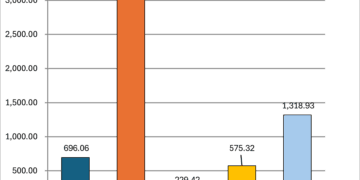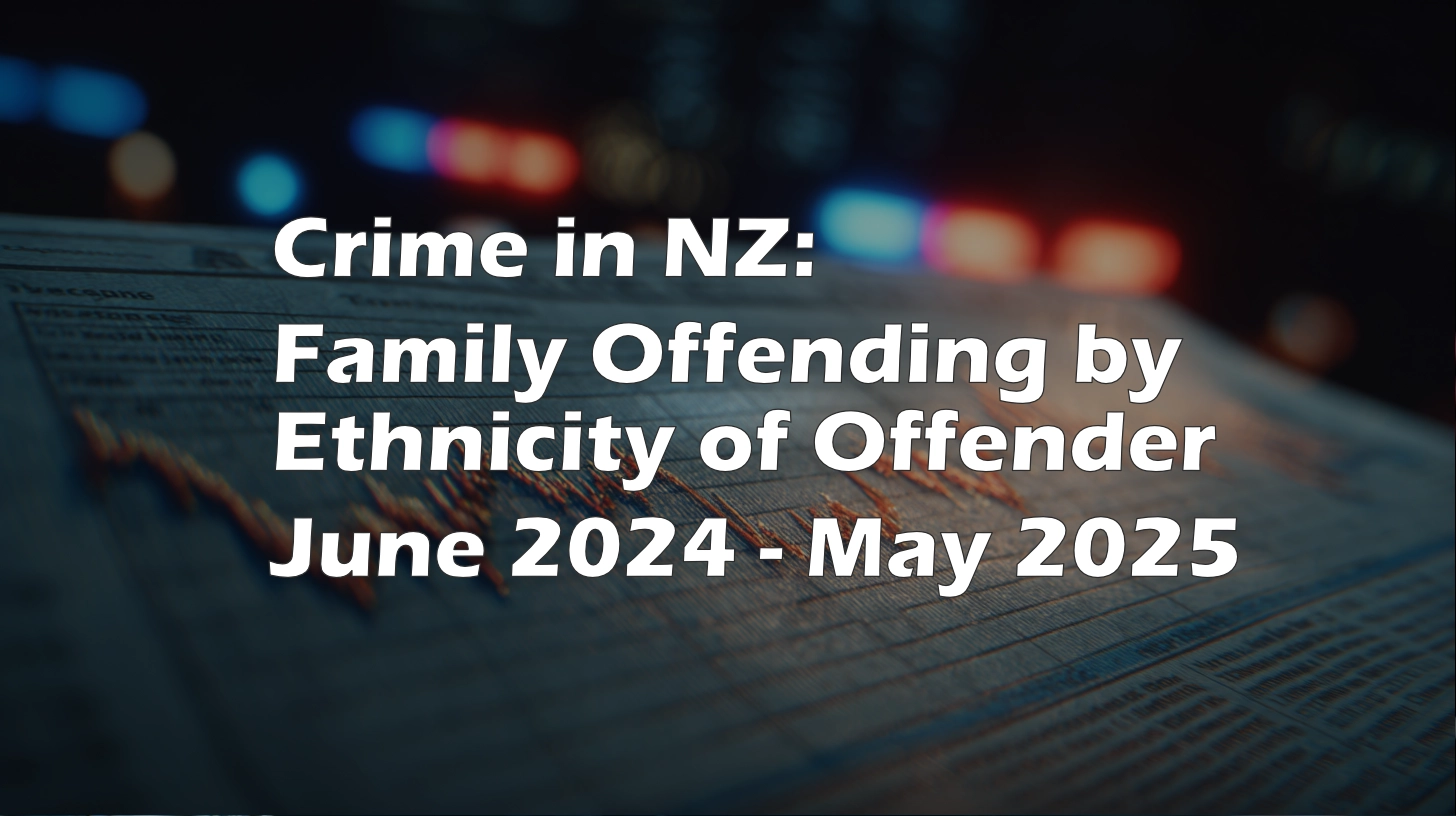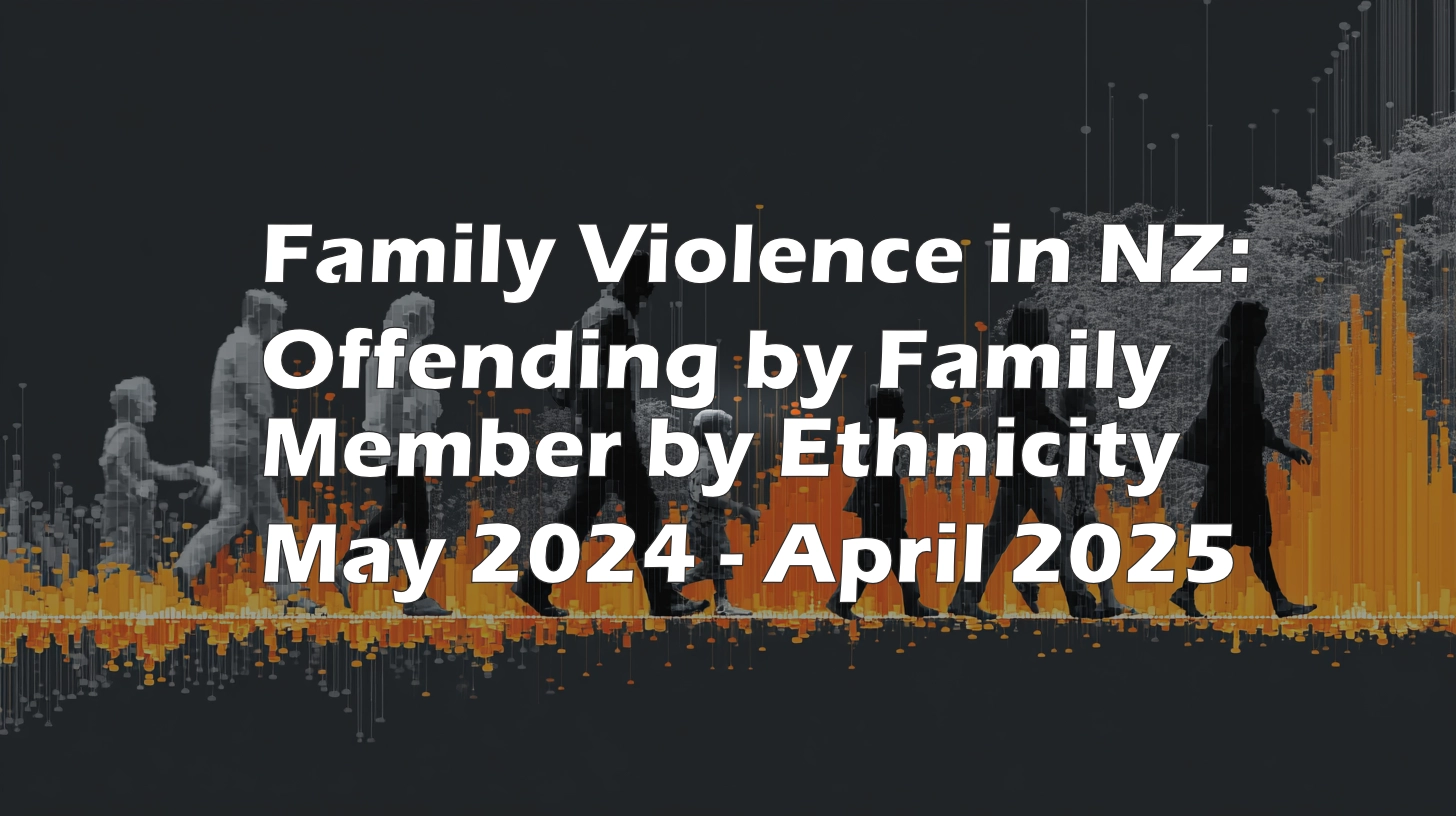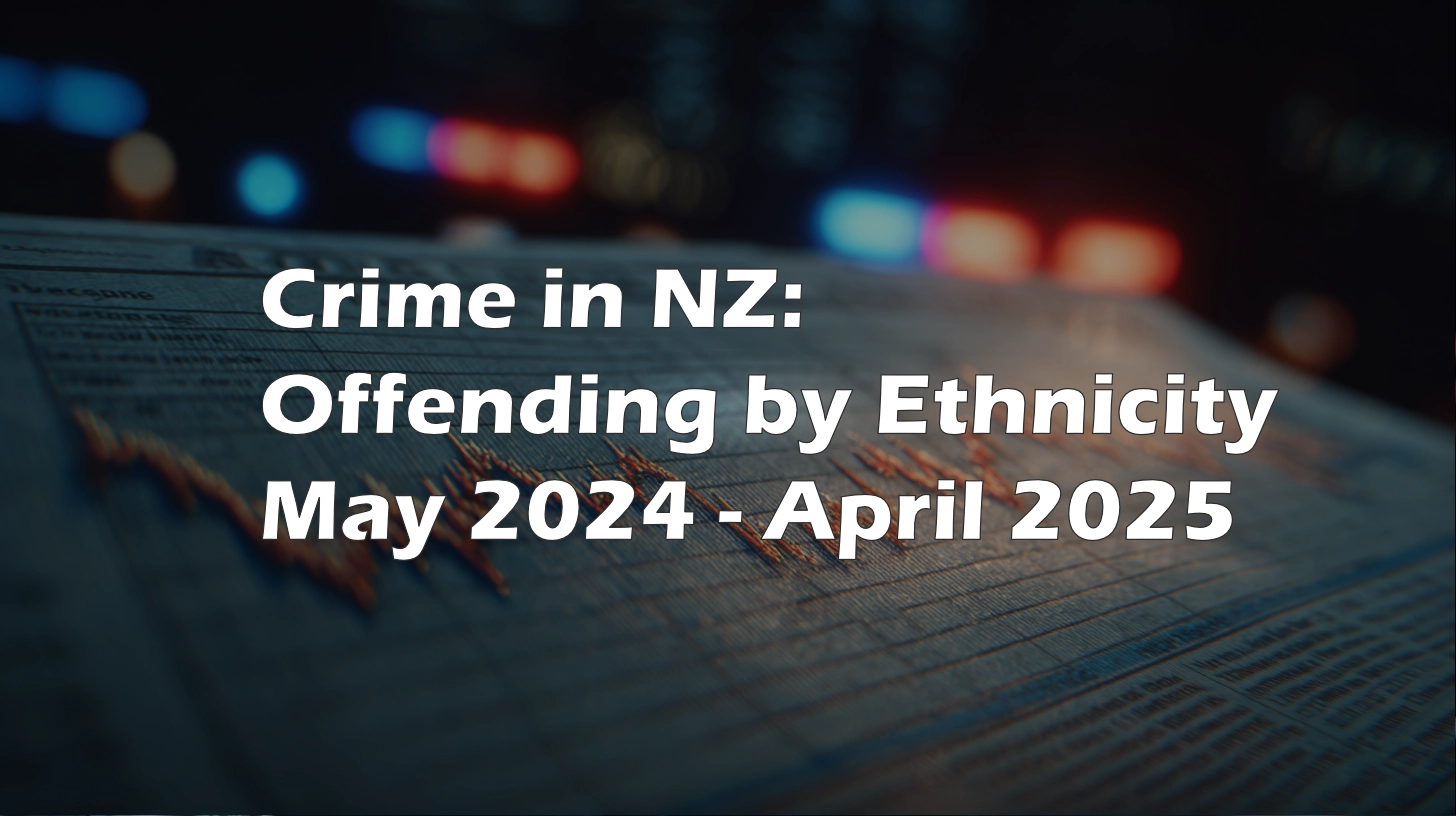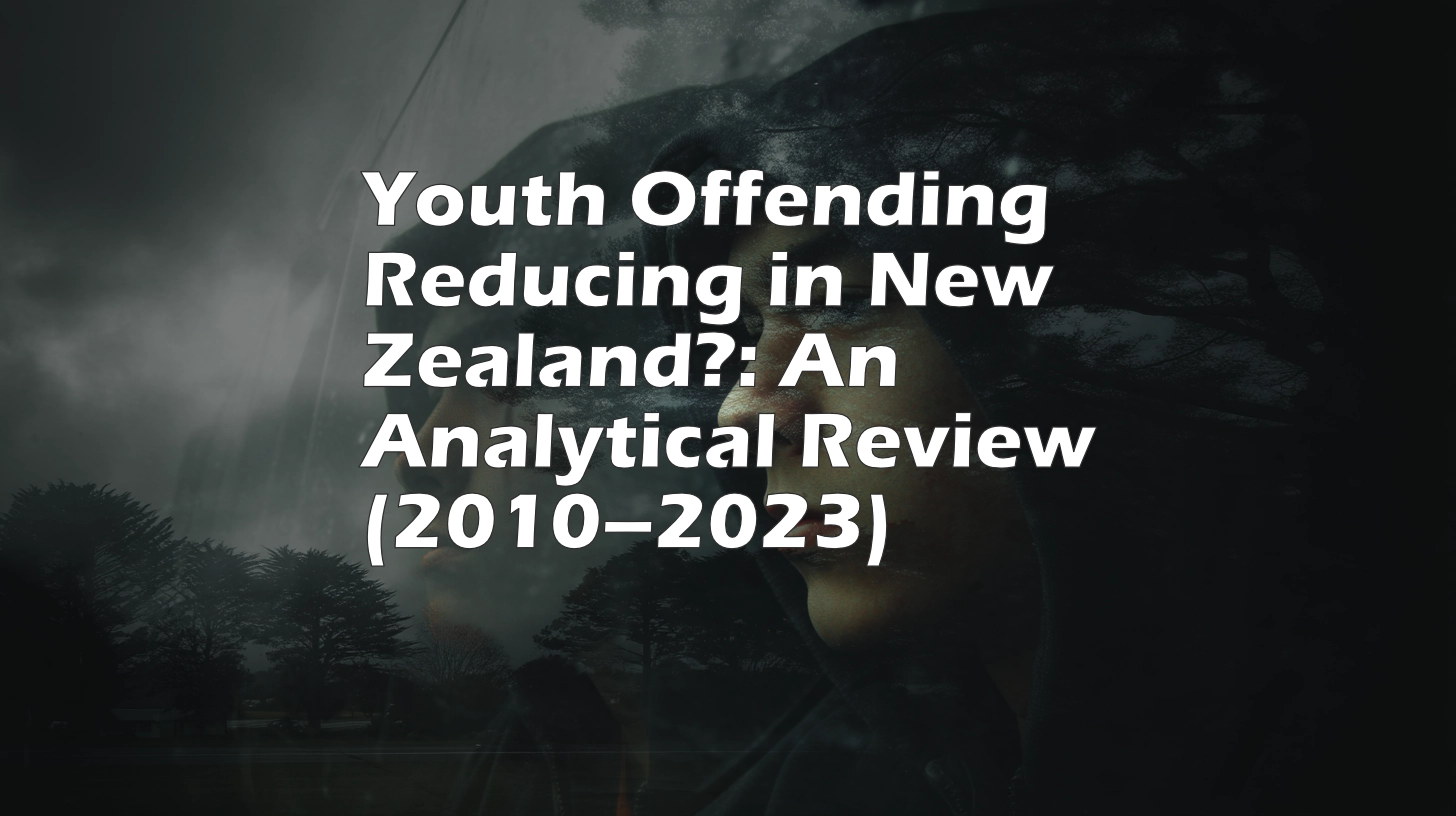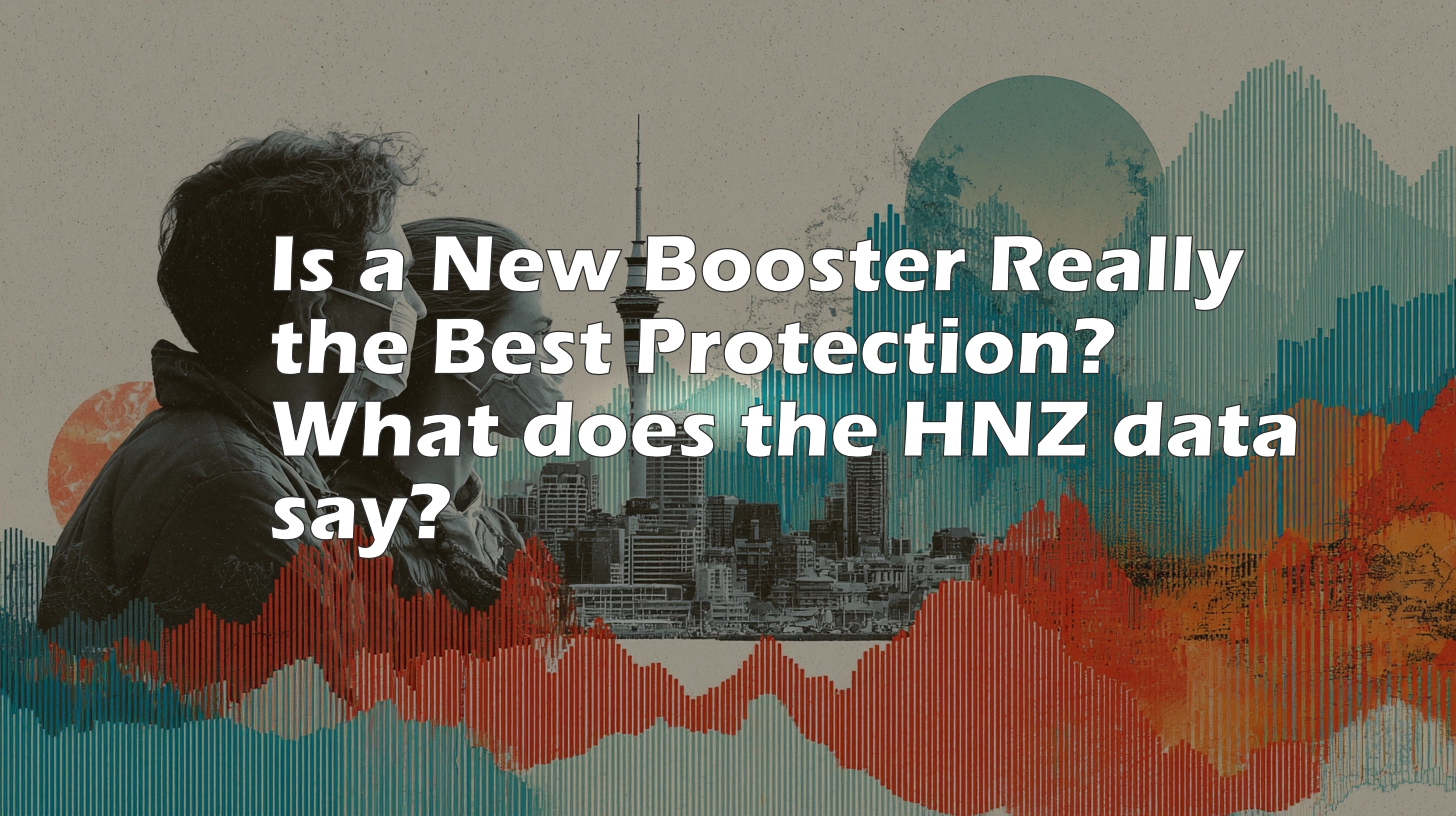As winter looms and COVID-19 signals resurface in New Zealand’s wastewater, health experts are again urging booster uptake. Public health professor Michael Baker recently told RNZ: “If anyone has been putting off getting their Covid-19 booster, now would be a good time to get it.” (https://www.rnz.co.nz/news/national/562712/covid-19-new-wave-could-be-coming-after-11-month-reprieve). But does New Zealand’s own health data back up this recommendation?
Data Sources and Scope
This analysis draws on official COVID-19 outcome data from Health NZ, including weekly case counts, hospitalisations, and deaths across vaccine cohorts – Cases/Hospitalisations are categorized by dose: 0 through 3+, and Deaths within 28 Days of a Positive Covid Case by: Not Fully Vaccinated (Unvaccinated and 1-dose cohorts), FV (2-dose cohort), and Boosted (anyone with 3 or more doses). It compares outcome severity across cohorts using both absolute and per-capita metrics, adjusted for cohort sizes. All datasets are historical and span from early 2022 when vaccination-status stratification became available through early 2024. It is important to note that cohort-specific outcome reporting ceased after February 2024, limiting the availability of more recent trend data.
Key Findings
The following charts and observations highlight several key points:
1. Across most of 2023, the Boosted cohort consistently exhibited the highest per-capita rates of COVID-19 deaths. This is demonstrated below:
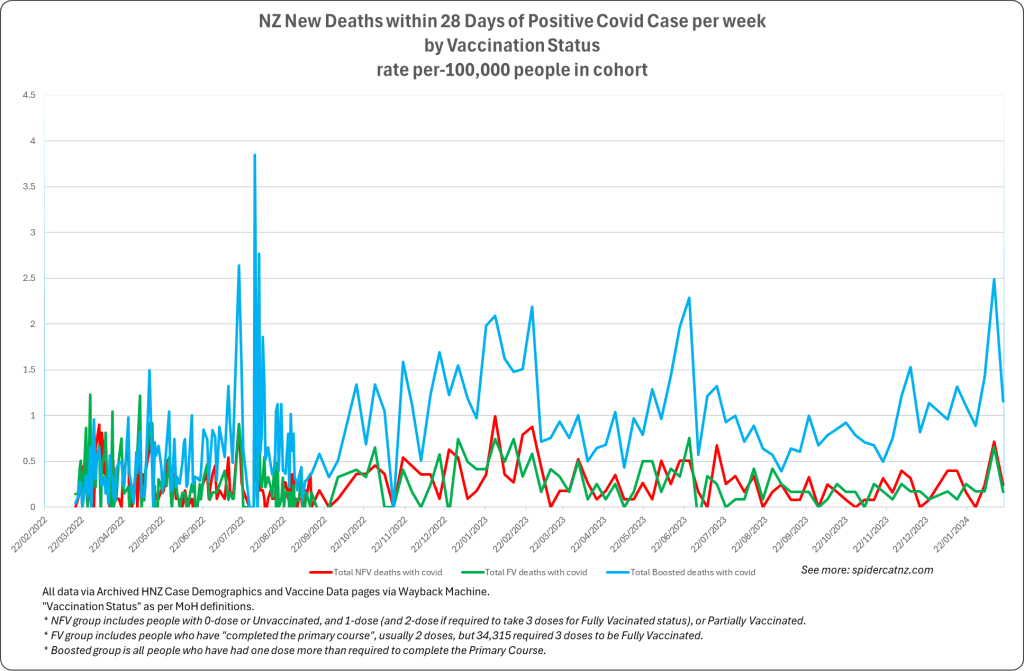
2. Per-capita hospitalisation rates also trend higher in the boosted group than in the fully vaccinated or NFV cohorts:
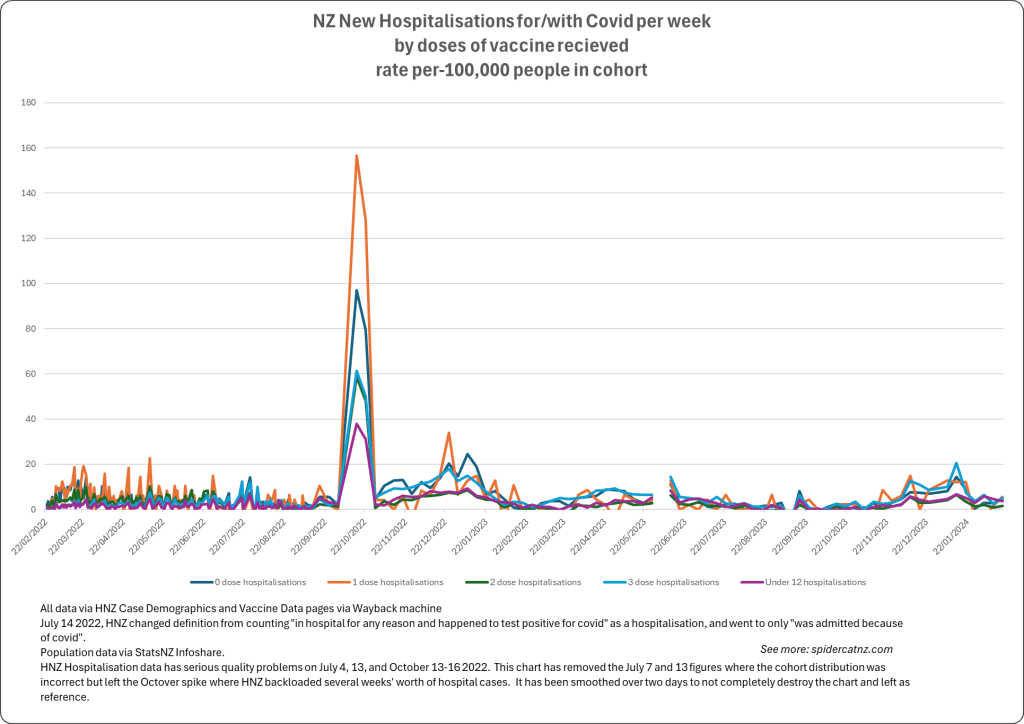
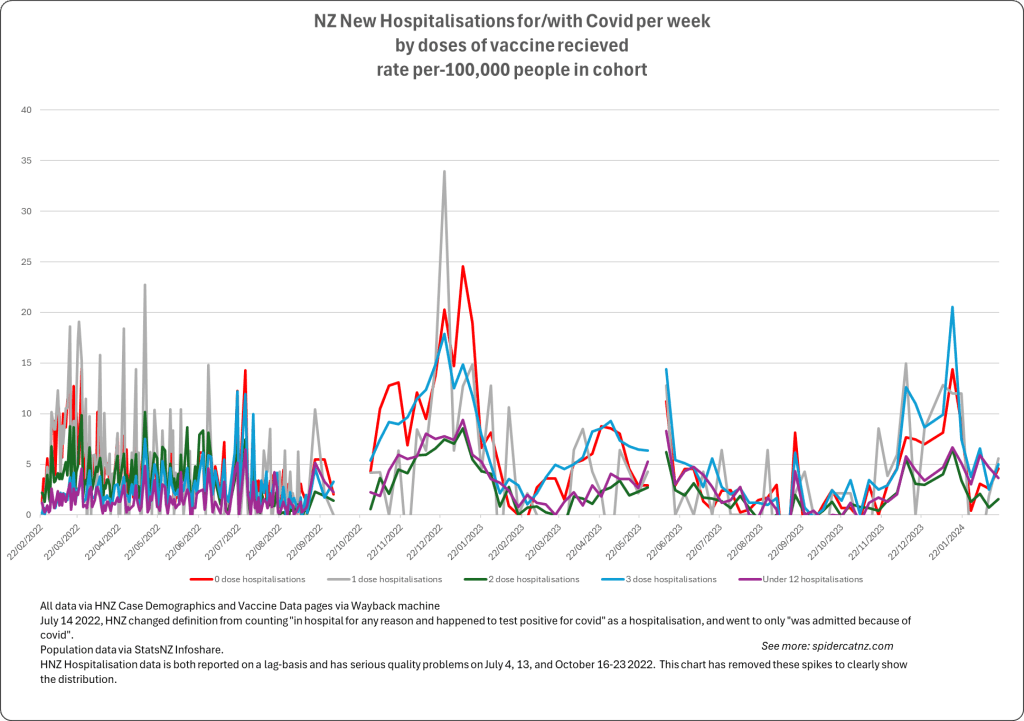
3. COVID-19 case data shows the 3-dose cohort has the highest case rates per 100,000 for most of the period observed:
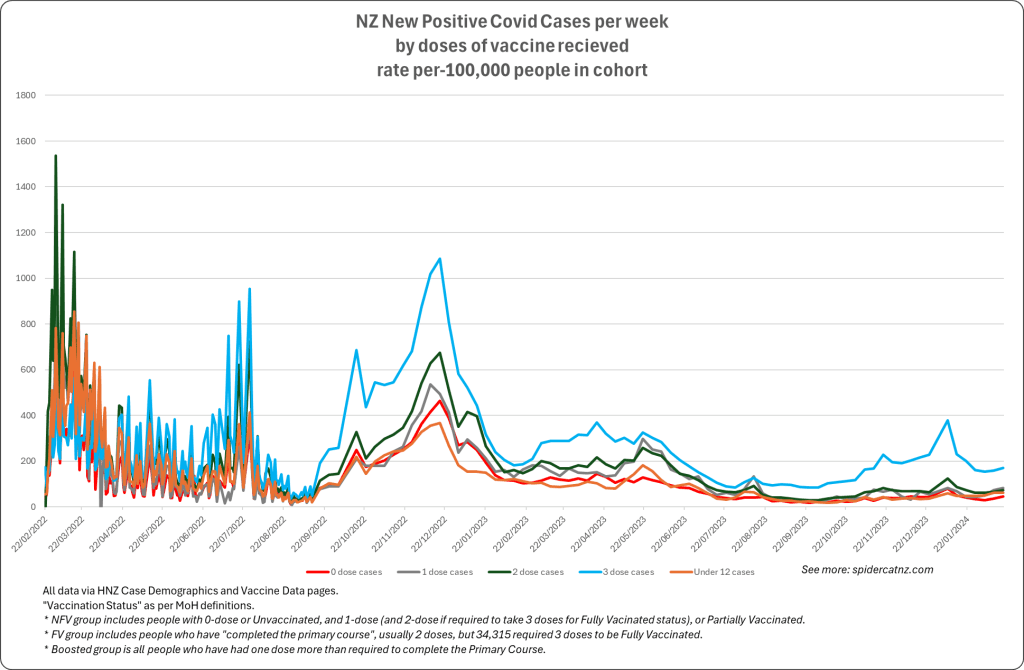
4. Weekly outcome shares (not per-capita) show a growing dominance of the Boosted cohort in total deaths, cases, and hospitalisations:
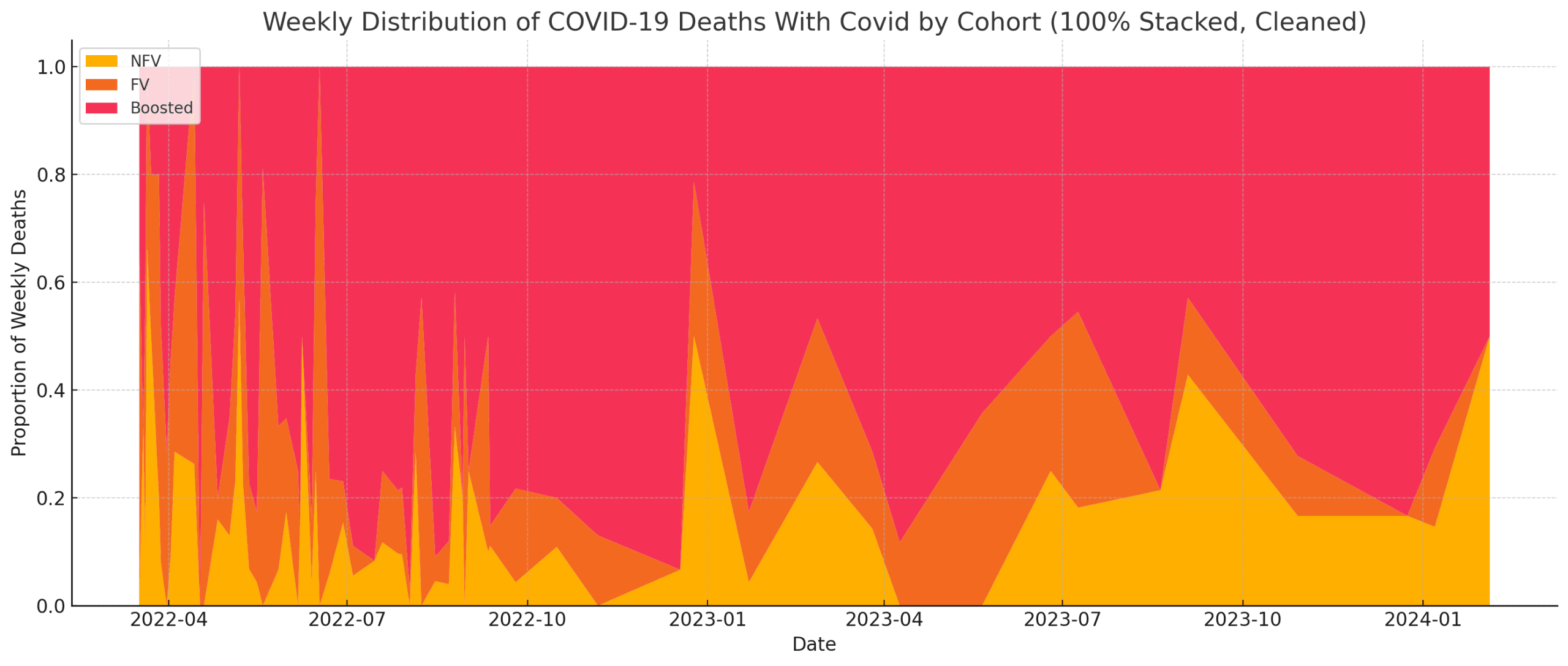
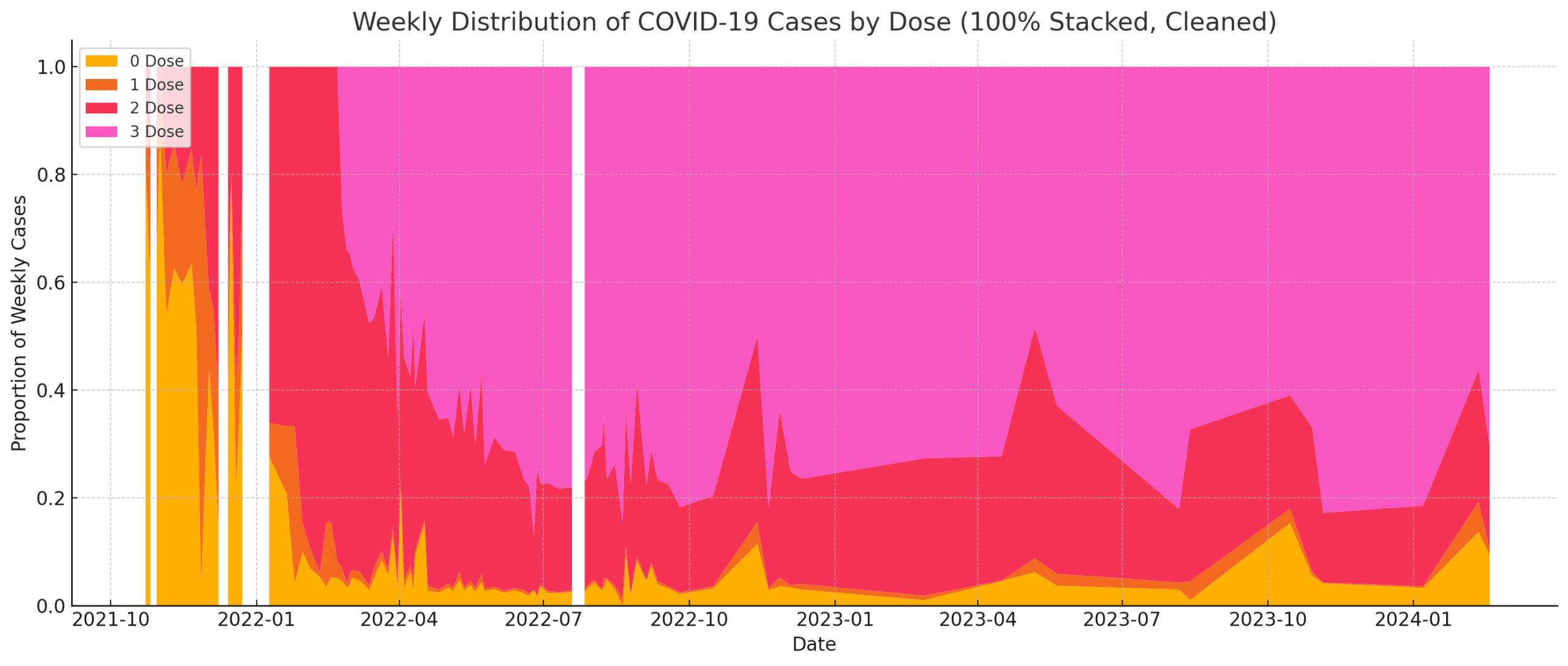
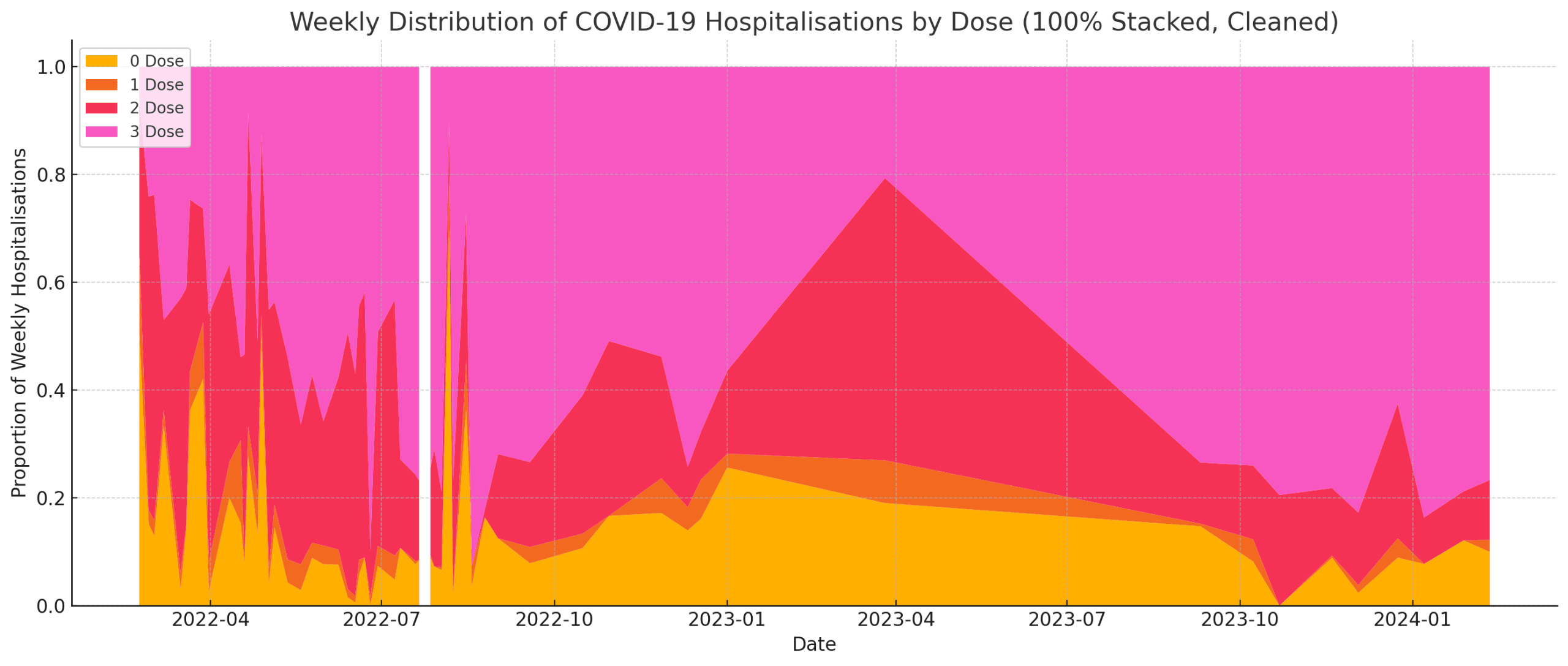
5. Time-lag and Granger causality testing failed to demonstrate clear protective effects of booster uptake.
Conclusion
Contrary to the prevailing narrative that additional boosters reduce COVID-19 risk, New Zealand’s official data paints a more complex picture. While booster uptake likely reflects high-risk individuals acting on medical advice, it is these same individuals who dominate the severe outcome statistics. In the absence of age- and health-adjusted analyses, it is difficult to definitively state whether boosters are beneficial, neutral, or potentially even harmful at a population level.
Limitations
Cohort data was suppressed by Health NZ after February 2024, restricting our ability to assess the most recent trends. Additionally, outcome data does not control for confounders such as age, health status, or time since last infection. We also lack age-specific vaccination data, making it impossible to normalize cohort outcomes by risk strata.
Final Assessment
Michael Baker’s call for boosters is rooted in precaution. However, this analysis shows the booster story may not be as clear-cut as commonly presented. Policy decisions and public health messaging should reflect the full nuance of the data — including when the data raises more questions than it answers.
Recommended Further Analysis
To clarify the booster-outcome relationship, we recommend:
– Access to age-stratified vaccination rollout and outcome data
– Full restoration of suppressed cohort data post-February 2024
– Stratification of cohorts by comorbidity status
– Time-to-event analyses for severe outcomes post-vaccination
– Geospatial comparisons of regional booster uptake vs outcome rates
– Deeper examination of reinfection dynamics by cohort
– Correlation with all-cause excess mortality by vaccination dose
– Longitudinal case-hospital-death tracking across known waves
– Controlled study designs leveraging matched population subgroups









